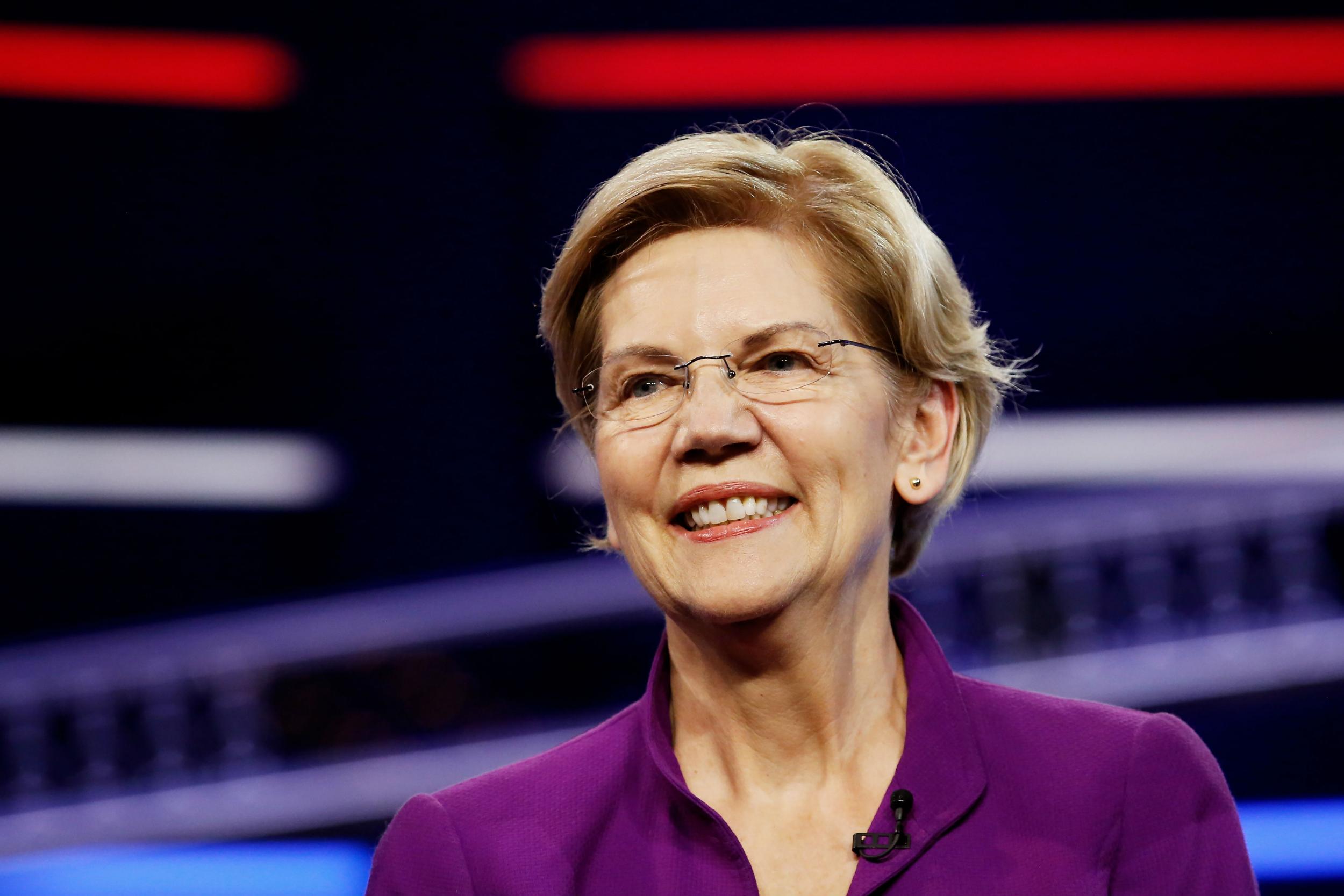I'm a Mexican doctor with an American wife and I think I know how to improve the US healthcare system
When we travelled to the US, my wife was charged $700 for a doctor to listen to our baby's lungs. That's more than I charge for some surgeries

It’s old news that accessing healthcare in the US is a problem for millions of Americans — even Trump has campaigned on making healthcare more affordable.
During last night’s Democratic debates, only two candidates said they would get rid of private health insurance to lessen the US’s healthcare inequality gap: Senator Elizabeth Warren and New York City mayor Bill DeBlasio. Such a complex and pressing issue would have benefited from more time for debate.
Like many of the Democratic candidates said last night, and like many non-Americans, I have long been baffled by the exorbitant prices people in the US pay for medical services and medications. And that’s not just my opinion. In a follow-up to a well-known 2003 study researchers found that, in terms of per capita spending, the US spends more money on healthcare than any other Member State of the OECD — but Americans get far less care for that money than citizens from other OECD countries.
Thanks to important coverage provisions going into effect in 2014 from the Affordable Care Act (also known as Obamacare), in 2013 the number of uninsured Americans dropped from 44 million to less than 27 million in 2016. But that number began to rise again in 2017, when over 700,000 more Americans reported they didn’t have health insurance.
This gap in care is precisely why the health tourism industry is growing in Mexico. My colleagues and I regularly comment on the growing number of Americans looking for preventative care and surgery in Mexican hospitals because of the quality and affordability.
As a family we’ve also experienced the pitfalls of the current US healthcare model. Last summer, my wife and daughter were in Colorado when my then one-year-old baby began to have asthma attacks. My wife took her to a local hospital and after a doctor listened to her chest with a stethoscope and checked her blood oxygen levels, she left with a $700 bill. That is more than I charge for some of the surgical procedures I perform as a urologist. No one should have to pay that much money for a doctor to merely listen to their child’s lungs, regardless of whether they can afford it or not.
That is the kind of situation the more progressive candidates want to avoid with the Medicare-for-All program, which is often misunderstood. Basically, a Medicare-for-All plan would eliminate private healthcare coverage, and instead provide government plans for nearly all health coverage.
Considering how difficult it was for Obama to pass the Affordable Care Act, I find it hard to believe a more rigid plan would be popular. But there’s still another option: a more flexible system similar to the one we have in Mexico that permits private care, but with a government-funded public system that reaches all sectors of the population.
In Mexico, for example, high-quality medicine and research is accessible in the private sector as well as in government hospitals, which are divided to give attention to different types of populations, such as bureaucrats, teachers, members of the military, and state workers, for annual fees paid by their employers, as well as federal-level hospitals that provide care to patients and are directly operated by the Secretary of Health.
That’s right – millions of patients still pay into the system for their health coverage, but that coverage is then provided by the program the patient has paid into. There are cracks in the system, but that is essentially how it works.
We also have a public policy program called Popular Insurance, or Seguro Popular, which was established in 2003. It arose from the need to provide medical care to the “open population” — that is, to people who are unaffiliated with any other health system — and to provide care to people in the informal labor market. This system is financed directly by the federal government. Through the Popular Insurance Program, the Mexican government has managed to cover about 52.7 million people who otherwise would have gone without healthcare.
I won’t lie – the public healthcare model we have here is far from perfect. Patients and doctors will tell you that there are often long waits and bureaucratic obstacles to get appointments or to schedule non-urgent surgeries in the state and federal healthcare clinics and hospitals. This is why a growing percentage of the population also pays for private health insurance. Then there is the challenge of dealing with chronic diseases like diabetes, cardiovascular disease and cancer – which present an added strain for public healthcare systems. It’s not easy, but it does work.
A flexible public and private model like the one we have in Mexico is surely applicable in the United States; there is no doubt that the country has the wealth to accomplish it. The real question remains as to whether ensuring access to healthcare is a priority for the next president, whomever that might be.
Dr Marcos Del Rosario-Santiago is a Mexican urologist certified by the Mexican National Council of Urology and member of the American Urological Association. He also writes for the Washington Post and healthline.com

Join our commenting forum
Join thought-provoking conversations, follow other Independent readers and see their replies